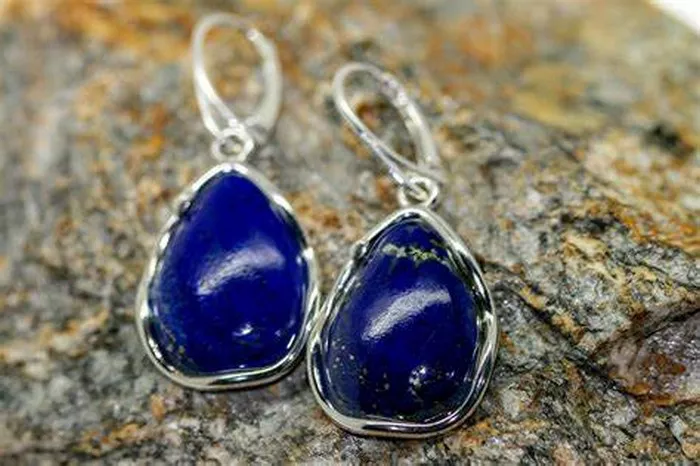Piercing ears is a cultural and personal rite of passage for many, marking a significant moment in self-expression and style. After undergoing the piercing process, whether for the first time or as an addition to existing piercings, the question often arises: when is it safe to switch to wearing fake earrings? This article explores the considerations, best practices, and timeline for transitioning to fake earrings post-piercing, ensuring a safe and comfortable experience for wearers.
The Piercing Process: A Brief Overview
Before delving into the specifics of wearing fake earrings, it’s essential to understand the basics of the piercing process itself:
1. Piercing Procedure: Ear piercing involves creating a hole in the earlobe or cartilage using a sterilized needle or piercing gun. The procedure is typically performed by a professional piercer or at a reputable piercing studio to ensure hygiene and minimize risks of infection.
2. Healing Timeline: After piercing, the initial healing period is crucial. It generally takes about 6 to 8 weeks for earlobe piercings to heal fully, whereas cartilage piercings may take longer—anywhere from 4 months to a year, depending on the individual’s healing process and aftercare routine.
3. Aftercare Practices: Proper aftercare is essential to promote healing and minimize complications. This typically involves cleaning the pierced area regularly with saline solution or a mild soap, avoiding touching the piercing with unwashed hands, and following any specific instructions provided by the pierce.
Transitioning to Fake Earrings:
Timing and Considerations
Once the initial healing period is complete, wearers often look forward to switching from the initial piercing jewelry to earrings of their choice, including fake or costume jewelry. Here’s what to consider:
1. Healing Completion: The primary consideration before switching to fake earrings is ensuring that the piercing has healed sufficiently. Signs of healed piercings include:
No Pain or Discomfort: The pierced area should not be tender to the touch and should feel comfortable.
No Redness or Swelling: Inflammation and redness should have subsided completely.
No Discharge: There should be no pus or discharge coming from the piercing site.
Earring Movement: The initial piercing jewelry should move freely in the hole without any resistance.
2. Consultation with a Professional: If unsure about the healing status of the piercing, it’s advisable to consult with the pierce. They can assess the piercing and provide guidance on when it’s safe to switch to fake earrings.
3. Quality of Fake Earrings: When selecting fake earrings, prioritize quality materials that are hypoallergenic and non-irritating to the skin. Avoid materials that may cause allergic reactions or discomfort, such as nickel or certain plastics.
See Also: Is It Okay to Sleep with Small Hoop Earrings On
Types of Fake Earrings
Fake earrings, also known as costume or fashion earrings, come in various styles and materials. Common types include:
1. Studs: Small, often gemstone or metal-based earrings that sit flush against the earlobe.
Hoop Earrings: Circular earrings that come in different sizes and designs, ranging from small hoops to larger statement pieces.
2. Clip-On Earrings: Earrings designed with a clip mechanism to secure them to the earlobe without requiring a pierced hole.
3. Magnetic Earrings: Earrings that use magnets to attach to the earlobe, mimicking the look of pierced earrings without actual piercing.
Tips for Transitioning to Fake Earrings
To ensure a smooth transition and enjoyable experience when switching to fake earrings, consider the following tips:
1. Wait for Complete Healing: As mentioned earlier, wait until the piercing has fully healed before switching to fake earrings. Prematurely changing earrings can disrupt the healing process and increase the risk of infection.
2. Clean Earrings Before Wearing: Before wearing fake earrings, clean them thoroughly with a mild soap and water or a disinfectant wipe to remove any dust or residue.
3. Monitor Skin Reaction: Pay attention to how your skin reacts to the fake earrings. If you notice any redness, itching, or irritation, remove the earrings immediately and discontinue use. It may indicate an allergic reaction or sensitivity to the materials.
4. Avoid Sleeping with Earrings: Remove fake earrings before sleeping to prevent them from catching on bedding or clothing, which can cause discomfort or damage to the earrings or the piercing site.
5. Rotate Earrings Occasionally: Even with healed piercings, it’s advisable to rotate earrings occasionally to prevent the hole from tightening or closing. This is especially important with newly pierced ears to maintain the piercing’s shape and prevent complications.
Conclusion
Transitioning to wearing fake earrings after ear piercing is an exciting milestone that allows individuals to showcase their personal style and preferences. By understanding the healing process, waiting for the piercing to heal completely, Selecting high-quality fake earrings, and following proper aftercare practices, wearers can enjoy their earrings comfortably and confidently. Whether opting for studs, hoops, clipons, or magnetic earrings, choosing earrings that are hypoallergenic and suited to individual preferences ensures a positive experience with minimal risk of complications. Always prioritize safety and hygiene when caring for newly pierced ears and enjoy the journey of self-expression through earrings.

